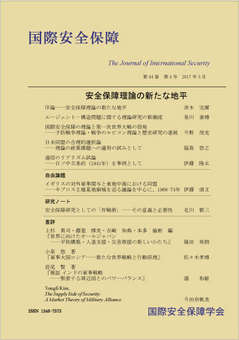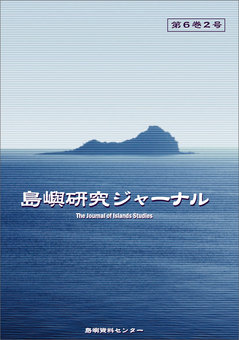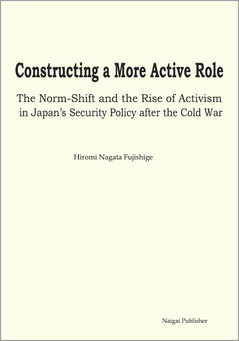2017年3月31日発売
A5判・全134ページ
定価:1,320円(本体1,200円+税10%)
【特集】安全保障理論の新たな地平
序論――安全保障理論の新たな地平
赤木 完爾
エージェント―構造問題に関する理論研究の新潮流
泉川 泰博
国際安全保障の理論と第一次世界大戦の勃発――予防戦争理論・戦争のルビコン理論と歴史研究の進展
今野 茂充
日米同盟の合理的選択論――理論の政策課題への適用の試みとして
福島 啓之
過信のリアリズム試論――日ソ中立条約(1941年)を事例として
伊藤 隆太
【自由論題】
イギリスの対外軍事関与と東地中海における同盟――キプロス主権基地領域を巡る議論を中心に、1968-74年
伊藤 頌文
【研究ノート】
安全保障研究としての「作戦術」――その意義と必要性
北川 敬三
【書評】
上杉 勇司・藤重 博美・吉崎 知典・本多 倫彬 編
『世界に向けたオールジャパン――平和構築・人道支援・災害救援の新しいかたち』
篠田 英朗
小泉 悠 著
『軍事大国ロシア――新たな世界戦略と行動原理』
佐々木 孝博
長尾 賢 著
『検証 インドの軍事戦略――緊張する周辺国とのパワーバランス』
溜 和敏
Tongfi Kim, The Supply Side of Security: A Market Theory of Military Alliance
今田 奈帆美






